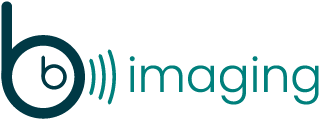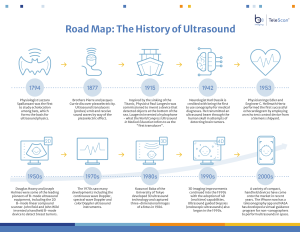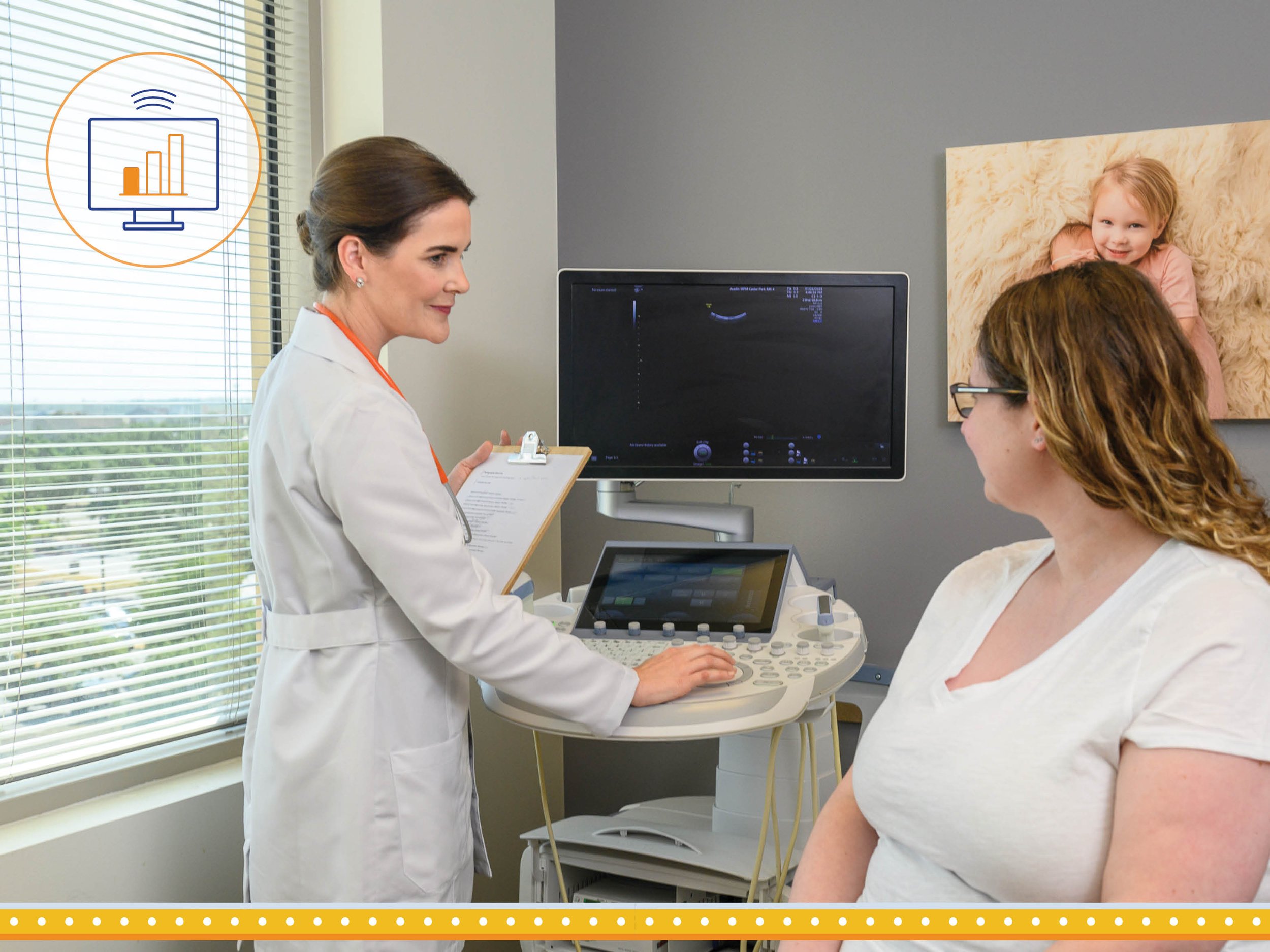We’ve all fallen into the trap of confining self-advocacy to yearly performance reviews. But while reviews can be helpful, advocacy should be a continuous process. If this isn’t something you’ve practiced before, get ready to roll up your sleeves. Self-advocacy takes persistence, confidence, and a proactive approach, but the results are worth it.
1. Communicate Your Goals and Expectations
The first step to self-advocacy is articulating your goals. Answer the question, “What do I want?” Here are some examples of how you might answer:
-
I want a title change or a pay raise.
-
I want to obtain a new registry or certification.
-
I want to become a mentor or teacher to young professionals.
-
I want to grow my reputation as a thought leader.
If you can’t answer this question right away, that’s okay. It’s best to take your time as you set your professional goals and gain career clarity.
Once you’ve determined what you want, it’s time to communicate this goal to your manager. Don’t think of this as an adversarial conversation but as the formation of a partnership. You want to partner with your manager to become a better asset to the organization. Your manager wants to partner with you so that you continue to grow and add value to the organization. Schedule a dedicated time to have this conversation and be sure to write your goals down—perhaps in a dedicated human resources program. This will prevent confusion while keeping you and your manager accountable.
As you discuss your goals, request the specific support you need to achieve them. This might include:
-
Monetary support like educational or industry conference stipends
-
Dedicated time for learning and development
-
Inclusion in upcoming projects
Your manager may also be able to help identify the steps and milestones you’ll need to reach. As you form this plan, make sure to write it all down in the same place where you record your goal.
Result: Defining and communicating your goals creates accountability, helps you form a plan, and enables your supervisor to act as an advocate for your growth.
2. Express Your Accomplishments
Talking about your accomplishments can be a tricky task. Again, most people save this topic for yearly reviews, but some will depend on team members and supervisors to identify and acknowledge their achievements. Both of these options are a gamble. Thankfully, there is a better way to get noticed without being seen as arrogant.
Share your contributions regularly. Yes, really! Keeping your manager updated on your growth and impact is the best way to demonstrate your progress and accomplishment. Here are some tips for success:
-
Select a dedicated time and place for this discussion, then repeat on a consistent cadence.
-
If you have a 1-1 with your manager, designate a time for identifying recent wins.
-
Suggest adding an agenda item to your team meeting for sharing celebrations and kudos—this gets everyone involved!
-
If you have to share in a less structured way, frame your communication in a humbler light. You can discuss your accomplishments in terms of what you’ve learned, how you’ve grown, or why it was so meaningful to you.
And don’t forget to write it down! When you keep track of your contributions and the value you’ve added, you have indisputable evidence of your progress. If you haven’t done this before, check out this information on hype docs and get ideas for filling yours out.
Result: When you share regularly, your supervisor has a better idea of your contributions and can make better decisions regarding your progress and readiness for the next step.
3. Seek Feedback and Act on It
Self-advocacy is not all about tooting your own horn—it takes a lot of humility too. You’ll need to actively seek feedback about your performance from supervisors, peers, and/or clients. Asking for criticism is never easy, but it helps you identify areas where you can improve. Demonstrate your willingness to listen by staying open to others and asking questions.
Asking isn’t enough, though. When you receive feedback, you have to act on it. Be willing and ready to take on a new task, change a process, take on a new project, or make adjustments to the way you work. Change isn’t easy either, but when you’re open to it, you can change yourself, your team, and your organization for the better.
Result: By seeking out and incorporating feedback, your peers and supervisor will be active participants in your growth and have a front-row seat to your achievements. Plus, listening to others makes them more apt to listen to you when you advocate for what you want.
4. Take on New Challenges
Plenty of new challenges might emerge from seeking feedback. If they don’t, you can still proactively seek out opportunities for growth and volunteer for those that align with your goals. This is important—don’t wait for opportunities to come to you or depend on your manager to identify them for you.
Don’t be afraid to be audacious. Reach beyond your comfort zone (that’s why they’re called stretch projects!), and remember to communicate your desire to learn, grow, and contribute through these experiences.
Then be heard. Don’t engage in these opportunities only to stay quiet and take a back seat. Ask questions, make suggestions, and be willing to provide a different point of view from those around you. Even without seniority or depth of experience, you can be a catalyst for success.
Result: By taking on new challenges, you will increase your depth of experience in the type of work you want to do and demonstrate your drive and ability.
5. Build a Network
Career growth doesn’t happen in a silo. It takes cultivating relationships with colleagues and mentors—people who can offer guidance, provide support, and help you find new opportunities for advancement. You can find these people within your organization, through professional institutions (ARDMS, SDMS, AIUM), by attending industry events (UltraCon, SDMS Annual Conference), and by engaging in conversations (in person, forums, social media groups).
As you build relationships, remember they’re a two-way street. When you connect with peers and mentors, be ready to help them when you can. Don’t step on or over people on your way up—you’ll go farther by becoming a dependable resource for others.
Result: Building a network grows your reputation, expands your visibility, and amplifies your voice.
6. Negotiate
This is the last step for a reason. We all know some people skip straight to this one, sometimes out of enthusiasm, sometimes out of a sense of entitlement. Don’t be that person.
After you’ve done the hard work in the other five steps, it’s appropriate to demonstrate your progress and negotiate terms for the goal you set. If you were specific about your goals previously, this conversation should hold no surprises for your manager. Rather, it will be time to celebrate a hard-won achievement.
Result: By following these steps, you have successfully advocated for yourself and have all the evidence needed to reach your goal.
But… what if I don’t get what I worked so hard for?
It’s terrible to feel like you’ve reached your goal, only to be told “no.” Don’t despair, though—all your hard work is not in vain. There could be at least two things happening:
-
While you’ve made significant progress, you may not have fulfilled all the requirements to meet your goal. Maybe there was a miscommunication (this is why writing things down is so important), but with a little more effort, you can still reach your goal.
-
Unfortunately, growth isn’t always rewarded the way it should be. If this is your experience, it may be time to make a difficult decision about your employment. The good news is all the experience you’ve amassed will help you negotiate for your next position. This article provides some advice on whether it’s time to quit.
Do you have any advice to add? How have you successfully advocated for yourself at work?












